Managing digestive health can be challenging, especially for those who experience discomfort due to certain foods. A Low FODMAP diet has proven to be an effective approach to ease symptoms like bloating and abdominal pain. This guide will explore what FODMAPs are, how a Low FODMAP diet works, and which foods to include or avoid.
What Are FODMAPs?
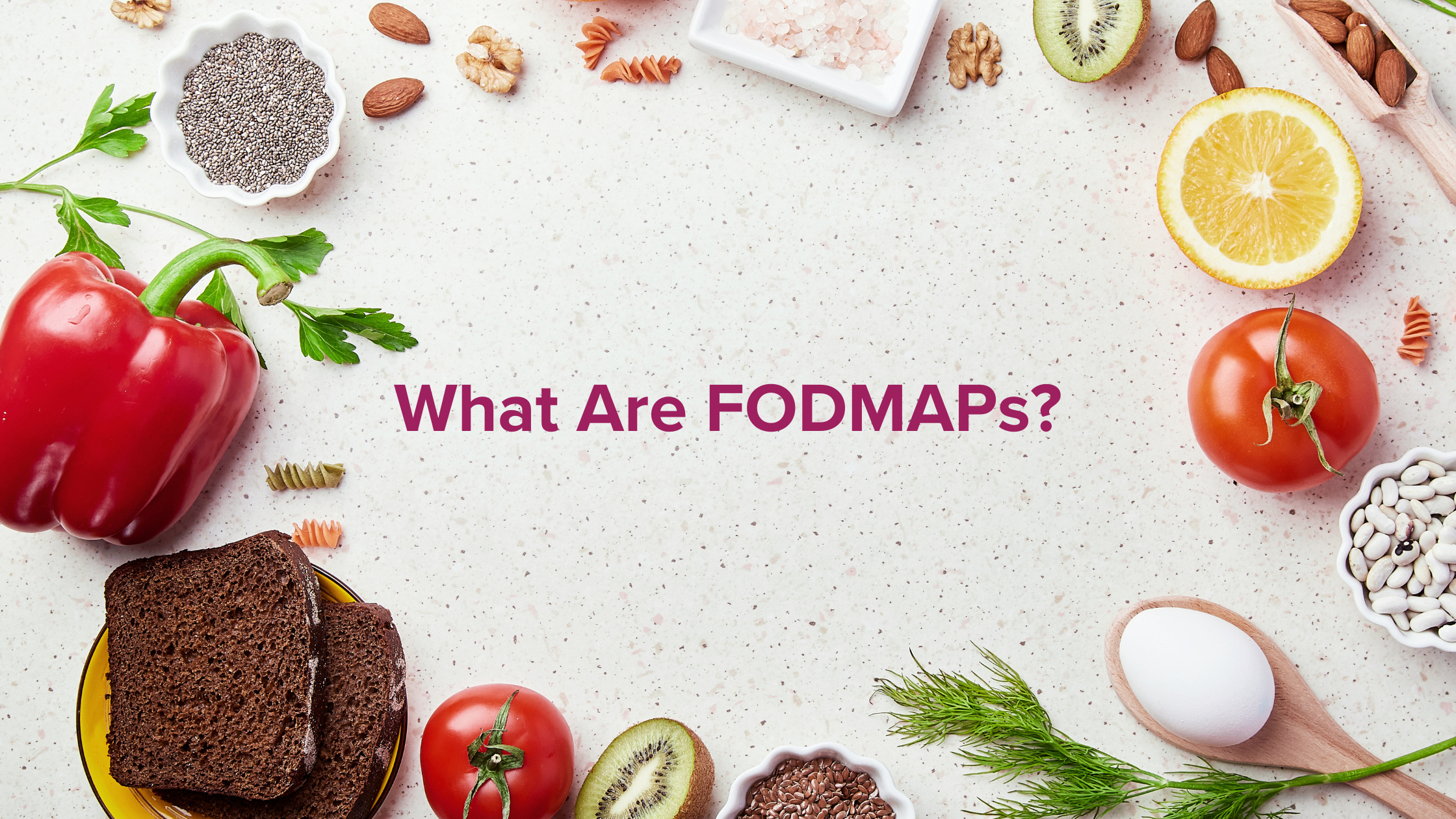
- Fiber supplements are a convenient way to boost your fiber intake if your diet alone doesn’t suffice.
- They support digestive health, prevent constipation, lower cholesterol, and aid in weight control.
- Start with small doses and gradually increase to avoid bloating or gas.
- Aim to consume fiber-rich foods as well, as they provide additional nutrients not found in supplements.
- Always consult your doctor before beginning any fiber supplement, especially if you have existing health conditions or are on other medications.
What Is a Low FODMAP Diet?
A Low FODMAP diet involves temporarily restricting foods high in fermentable carbohydrates. The goal is to identify specific dietary triggers and create a sustainable eating plan that supports digestive health.
For individuals looking to enhance gut health, fibers is one of the important nutrients to include in their diet. There are many low FODMAP certified fiber supplements available in India, that can help you achieve fiber goals without triggering digestive issues.
Who Should Consider a Low FODMAP Diet?

The Low FODMAP diet is designed for individuals with conditions like:
- Irritable Bowel Syndrome (IBS): A common disorder that affects the large intestine, causing symptoms like abdominal pain, bloating, and irregular bowel movements.
- Small Intestinal Bacterial Overgrowth (SIBO): A condition where an excess of bacteria in the small intestine leads to digestive issues.
You should work with a healthcare professional or dietitian to ensure that the diet is tailored to your needs and nutritionally balanced.
How Does the Low FODMAP Diet Work?
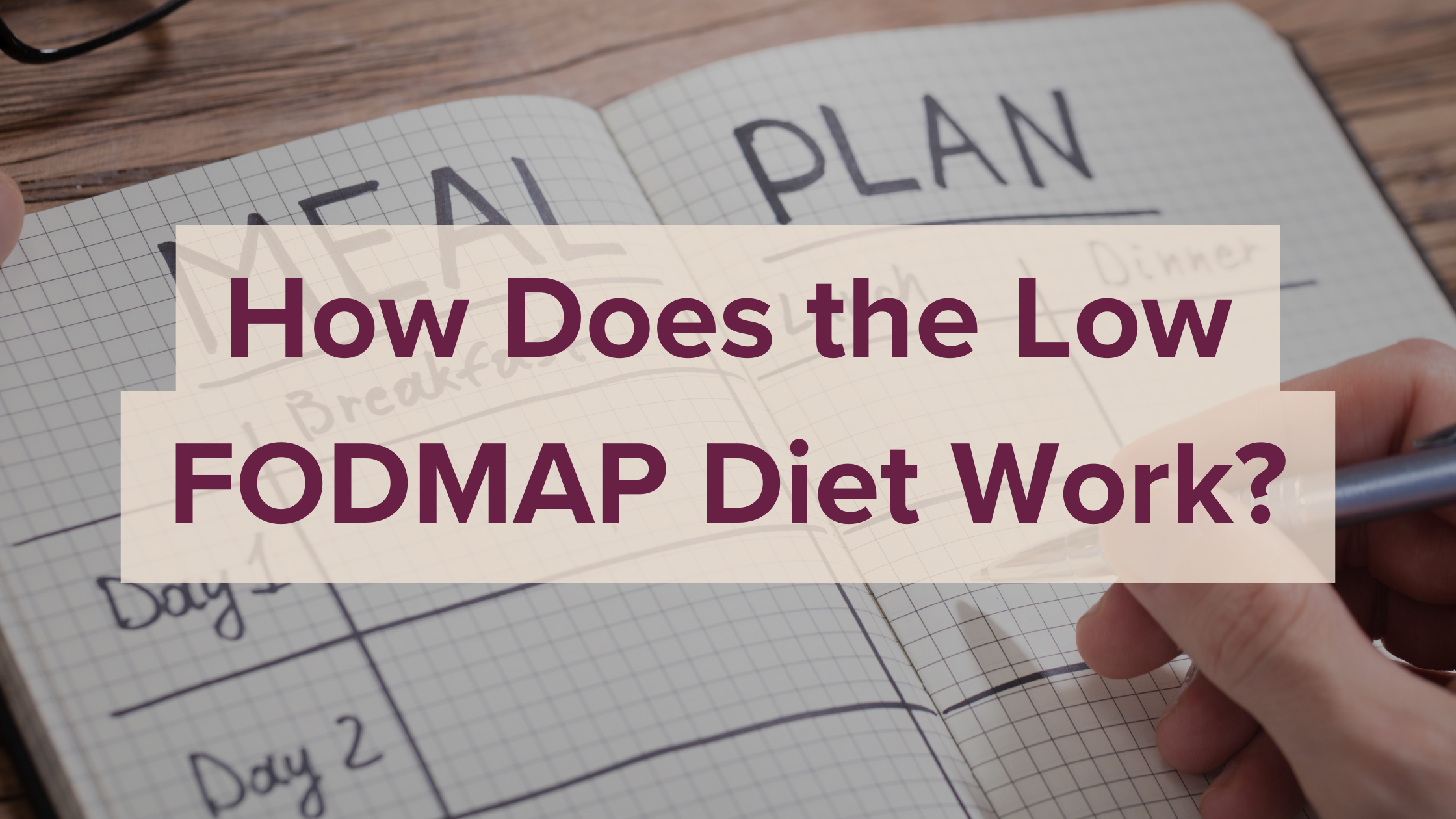
The diet is implemented in three phases:
Elimination Phase
During this phase, all high FODMAP foods are removed for 4 to 6 weeks. This helps reduce symptoms and provides a baseline for identifying triggers.
Reintroduction Phase
Foods are gradually reintroduced one at a time to identify which specific FODMAPs cause discomfort.
Personalization Phase
Once trigger foods are identified, a personalized plan is created to include tolerated foods while avoiding those that cause symptoms.
Low FODMAP options, such as low carb Indian food like rice or quinoa, can be incorporated into meals during this process to ensure variety and nutrition.
High FODMAP Foods to Avoid

In Indian cuisine, several staples are high in FODMAPs. Some of these include:
Vegetables:
- Onions and garlic
- Cauliflower
- Broccoli
Legumes and Pulses:
- Chickpeas (chana)
- Kidney beans (rajma)
- Black gram (urad dal)
Fruits:
- Mangoes
- Apples
- Watermelon
Dairy and Grains:
- Milk and paneer
- Wheat-based items like naan and chapati
Low FODMAP Foods to Include

The Low FODMAP diet also offers a range of foods that are easier to digest. These include:
Grains and Cereals:
- Rice (white, brown, basmati)
- Quinoa
- Millets
Vegetables:
- Carrots
- Spinach
- Zucchini
Fruits:
- Bananas (firm)
- Oranges
- Kiwi
Proteins and Dairy Alternatives:
- Chicken, fish, and eggs
- Lactose-free milk
- Almond milk
Adding Fenuflakes to a Low FODMAP Diet
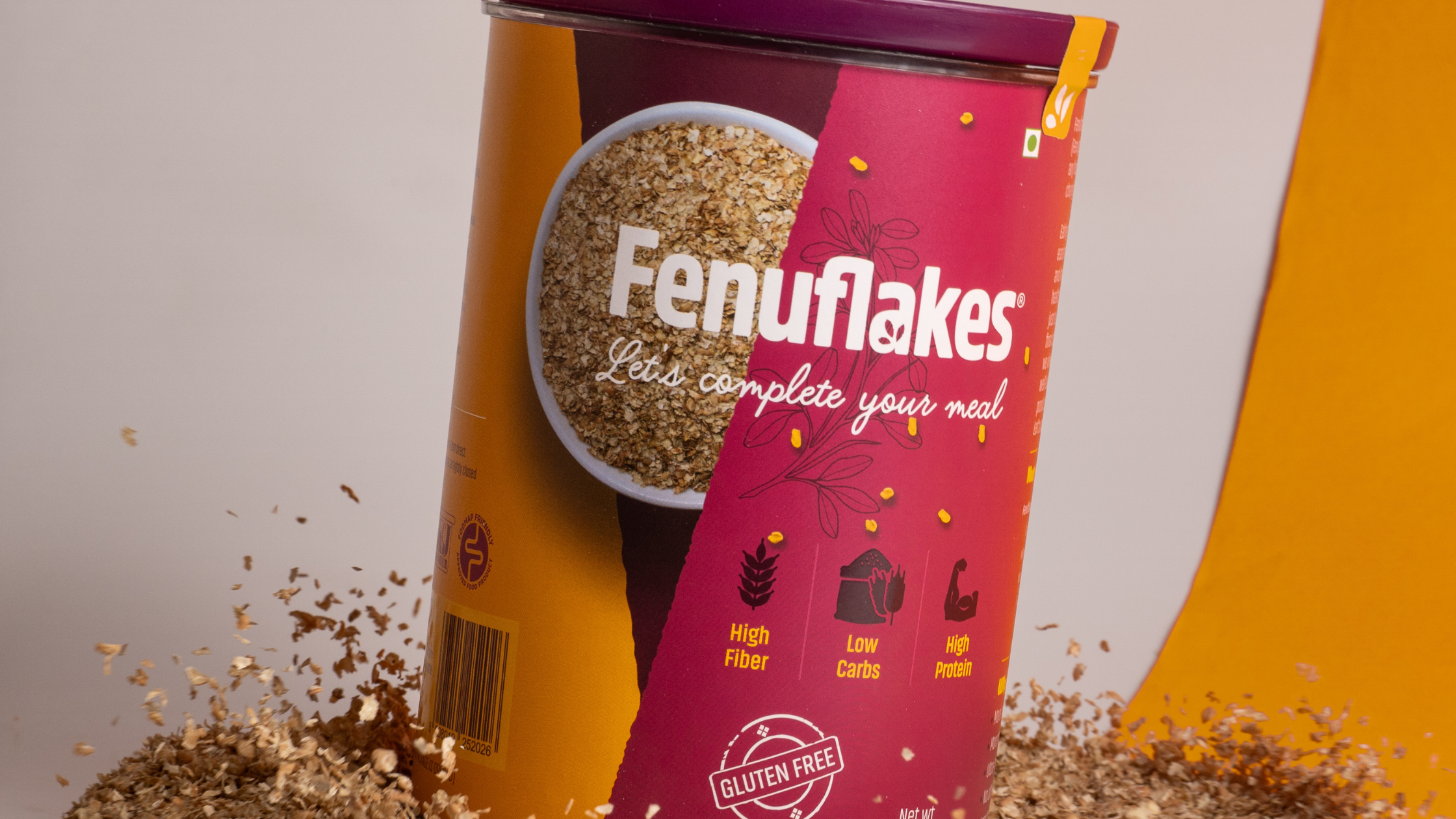
Fenugreek fiber is another excellent choice for those following a Low FODMAP diet. Fenuflakes, made from fenugreek seeds, is a certified Low FODMAP product that blends easily into meals. Whether added to roti, sabzi, or yogurt, it provides a convenient way to increase fiber intake without triggering symptoms.
Takeaway
A Low FODMAP diet is a practical approach to managing digestive health for individuals with IBS or SIBO. By identifying specific food triggers and focusing on options like fenugreek fiber or low carb Indian food, individuals can support gut health while enjoying balanced meals. Products like Fenuflakes make it easier to meet daily fiber needs in a way that aligns with this dietary approach.
Always consult a healthcare professional to ensure the diet is tailored to your needs and supports your overall health goals.
- Previous Blog
- Next Blog
Related Blogs
A Guide to FODMAPs and the Low FODMAP Diet
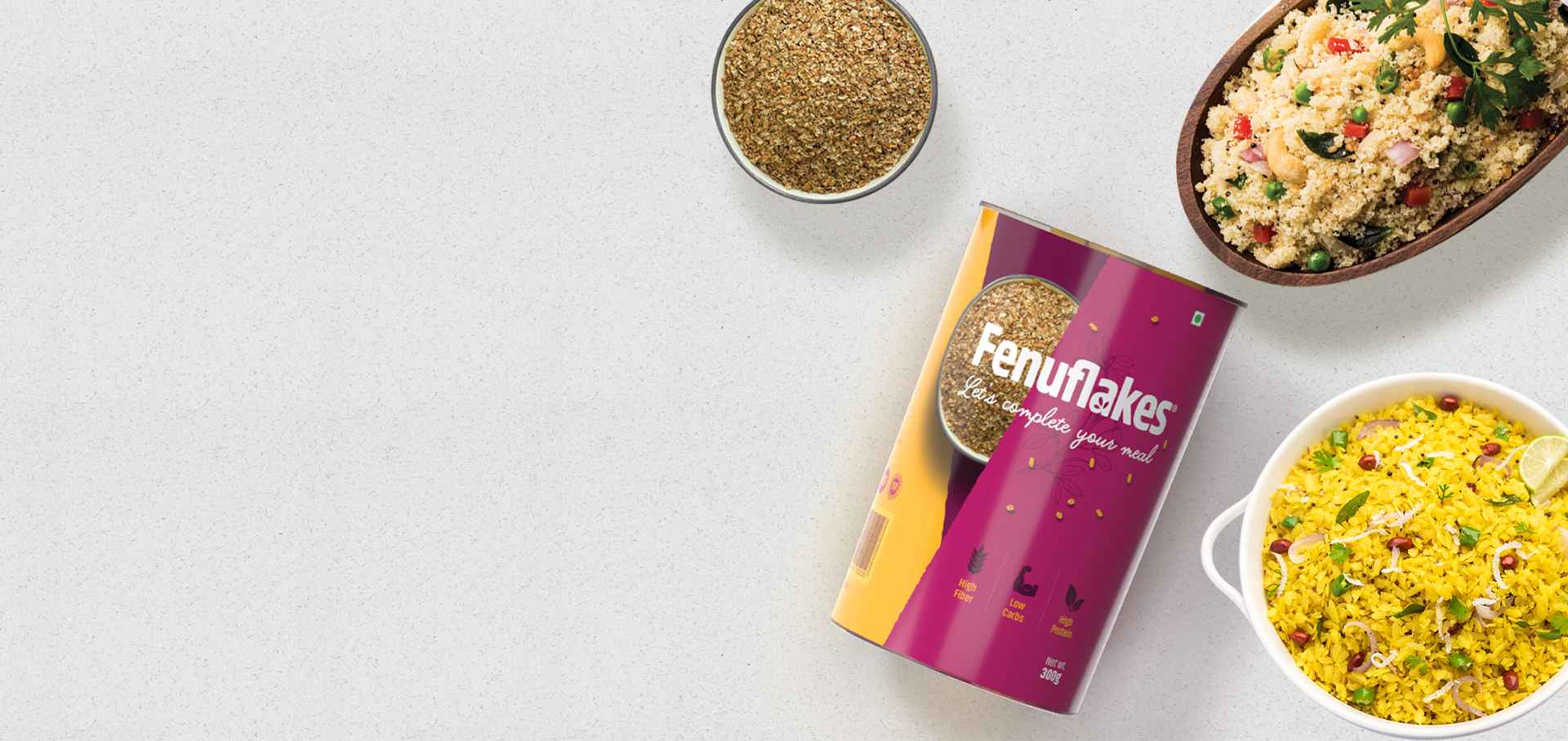
Help feed
your hunger.
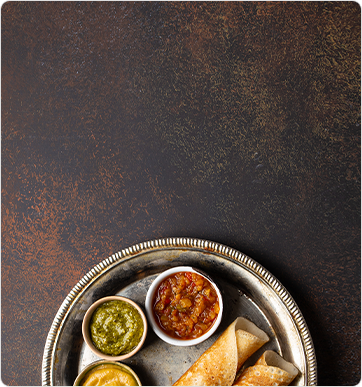
Submit your recipe on Fenuflakes®
The Role of Dietary Fiber in Metabolic Health
How Fiber Supplements Improve Digestion
The Benefits of High-Fiber Supplements
Join Our Club to Get Offers & Updates
Lorem Ipsum is simply dummy text of the printing and typesetting industry. Lorem Ipsum has been the industry’s standard dummy text ever since the 1500s, when an unknown printer took a galley of type and scrambled it to make a type specimen book.
standard dummy text ever since the 1500s, when an unknown printer took a galley of type and scrambled it to make a type specimen book.

